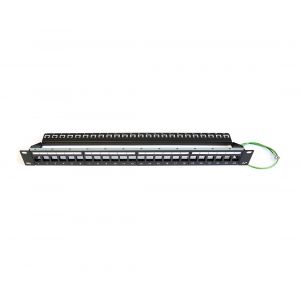Optical Fibre and Copper Structured Cabling Solutions
Warren and Brown Technologies provides end to end solutions for Optical Fibre Cabling, FttX, Data Centre, Mobile 4G/5G, WiFi, Carrier and Copper Structured Cabling networks. Our tailored solutions mean higher performance, lower energy consumption, reduced maintenance, improved safety, better use of space, and fewer headaches.
We pride ourselves on being a global leader in the supply and manufacture of optical fibre and copper structured cabling and communications equipment. Innovative designs, attention to detail and a willingness to go above and beyond the requirements of our customers are what establishes WBT as the industry benchmark. As we look towards the exciting and dynamic future of the telecommunications industry, our history and experience gained over the last 99 years ensures that we are well equipped for the challenging times ahead.
We’re here in Australia, providing local technical support & our designers and engineers are ready to solve all your network needs
WBT has been a supplier to the major network operators in Australia and around the world for over 20 years. As a trusted supplier, we ensure we are supplying quality optic fibre cable and copper cable components and providing world-class technical support and customer service. Our expertise gained from working with the leaders in telecom network deployments continues to drive our product and solution development, which in turn benefits all of our customers and stakeholders.
Items on contract include fibre patch cables (multimode fibre, singlemode fibre), optical distribution frames (ODFs), medium and high-density fibre panels, optic fibre ducting raceway, outside plant products such as copper joint closures, cross connect pillars, CAT6, CAT 6a cables and many other customer premise cabling & equipment just to mane a few.
Featured Products
WARREN AND BROWN IS A GLOBAL LEADER in the design, manufacture and supply of telecommunications network connectivity infrastructure.
Warren and Brown own and operate its full end-to-end manufacturing plants which are equipped for sheet metal fabrication, powder coating, product assembly, fibre optic terminations and plastic extrusions.
Warren & Brown App
The WB TelAssist app has been specifically developed by Warren & Brown for technicians, contractors and sub-contractors who install and maintain products in the Australian telecommunications network



Our Major Customers


Do not wait! Start shopping now!
Warren & Brown Technologies holds a massive amount of their stock in Australian warehouses ready for picking and shipping to your destination. 99% of our orders are picked and shipped on the same day.
Latest News











